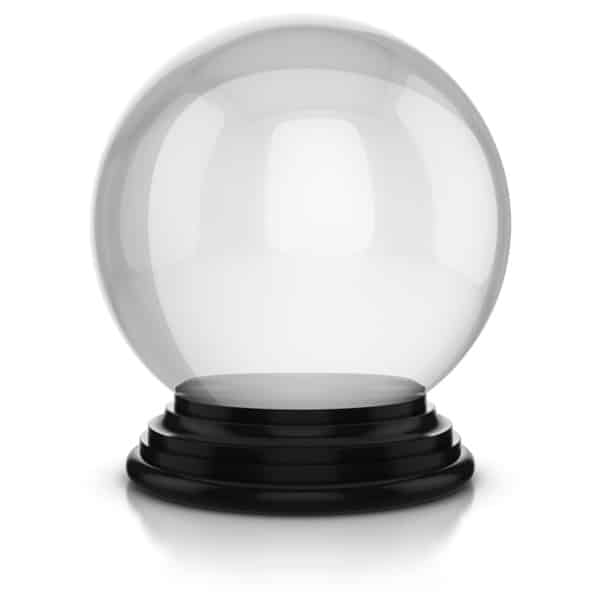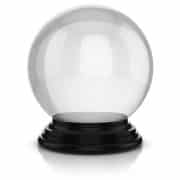Predictive Analytics for Data Beginners: An Introduction
Predictive analytics are on the rise in terms of popularity and importance, and for data beginners, they can be quite intimidating.
Imagine a world where you could predict what would happen before it ever took place and be able to plan accordingly. It might sound like something H.G. Wells would write about, but in fact, this is the world we’re living in; this is the world of predictive analytics.

Although some people see predictive analytics as a subset of the world of big data, it can easily be studied as an entirely separate phenomenon. That’s because predictive analytics can be leveraged in a number of different ways, and in each of these unique use cases, one needs to take an entirely different approach.
Here, we’ll be looking at the concept at a rather high level so that we can begin to understand exactly what the school of predictive analytics is, and how we can begin viewing data with this new perspective.
There are two ways in which predictive analytics can be defined, and those definitions are determined by your approach from either the sales side or the marketing side. To start understanding the world of predictive analytics, we need to first be able to understand the concept’s applications, so here we’ll really focus on definitions. Let’s start simply with a look at predictive data from the marketing side.
Predictive Analytics in Marketing
When it comes to marketing, predictive analytics are rooted in two main criteria: trends and correlations. Effectively, we want to be monitoring trends and velocity of conversation to determine if there is a topic gaining momentum and exponentially increasing in mentions.
When this is seen, we can begin identifying opportunities for conversation topics that are far more likely to resonate with a target audience based on the fact that there is clearly an uptick in popularity around the subject.
With regards to correlations, we want to pay attention to any outliers or high-value influence points that might indicate an industry or conversational shift. Again, watching these influence points actually change the rate at which a conversation is growing can help marketers understand where they should be positioning their brand in order to have the greatest impact and decrease the conversion time.
On the sales side, predictive analytics are somewhat different.
Predictive Analytics in Sales
The main point of contrast when it comes to these kinds of data in the sales world has to do with your pipeline. Predictive analytics for sales are much more about identifying opportunities both within your sales pipeline and in adjacent markets (which we’ll get to shortly).
There is no shortage of tools on the market that can provide insights into activity within your pipeline (e.g. Predixion, SiSense, C9, Lattice, etc.) and these insights will tell you where potential exists to close a deal, and what that potential deal might be worth.
These insights range anywhere from lead scores based on the speed with which a prospect is moving through the funnel to opportunities based on rhetoric and activity on multiple networks (including research being done on your own website, separate from a sales rep). All of these insights are gathered and analyzed to provide you with an understanding of where your greatest chances for success might exist, and where you should be focusing your sales efforts for the easiest close.
Where the Two Meet
So where exactly do these two worlds – the sales and marketing worlds – collide? This has to do with an analysis of trends and topic conversation velocity in different markets and among different demographics and providing you with those insights so that you can begun prospecting in a new market ripe for opportunity.
Using both of these concepts together can mean a better understanding of your target consumer, a more efficient use of your resources and, perhaps most importantly, a chance to capitalize on opportunities before your competitors.
Conclusion
There is a lot involved in the world of predictive analytics, and it is a fast growing and very exciting space. A basic understanding of what the term means and how the industry works (on a very simplistic level) is a good start to taking advantage of all that these insights can offer your brand.
Have you worked with predictive analytics at all? What kinds of successes or difficulties have you seen? Tell us in the comments below or on Twitter!






Trackbacks & Pingbacks
[…] Predictive Analytics for Data Beginners: An Introduction […]
Comments are closed.